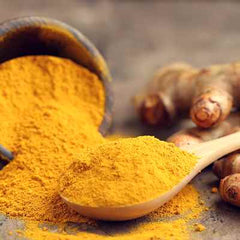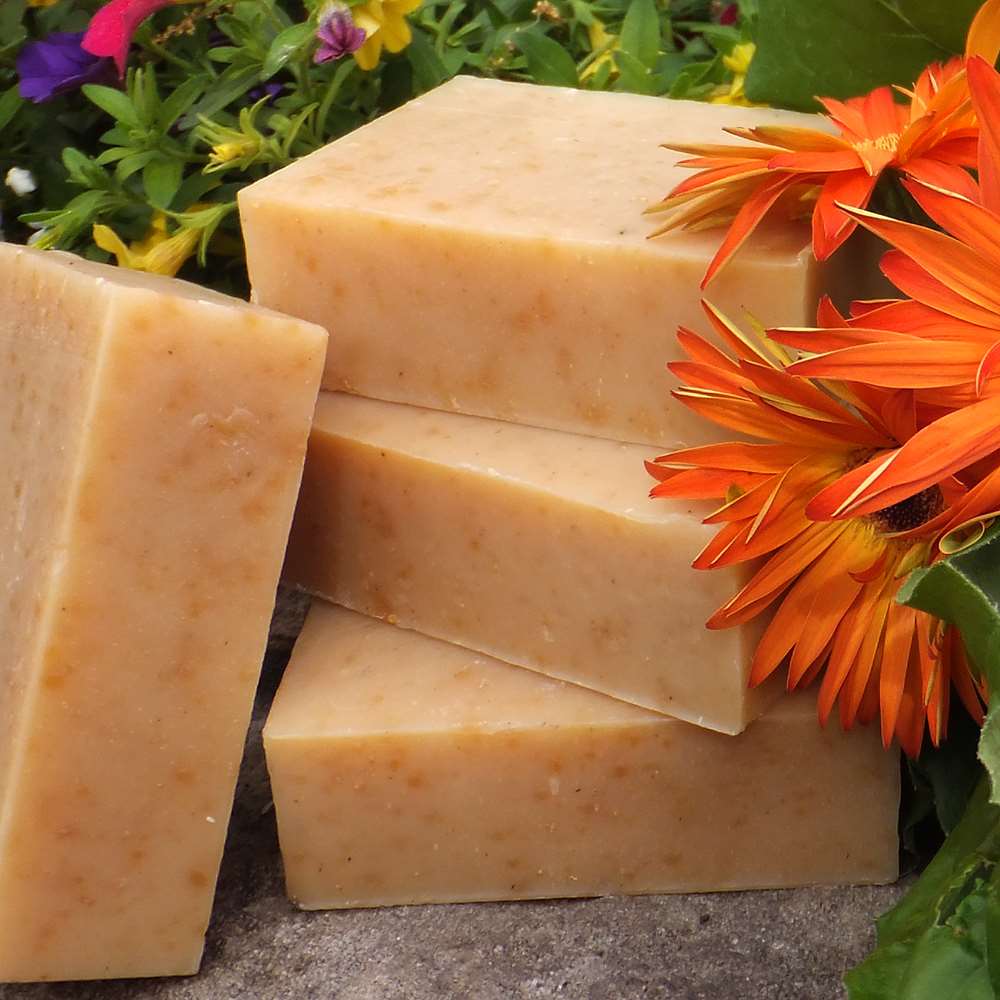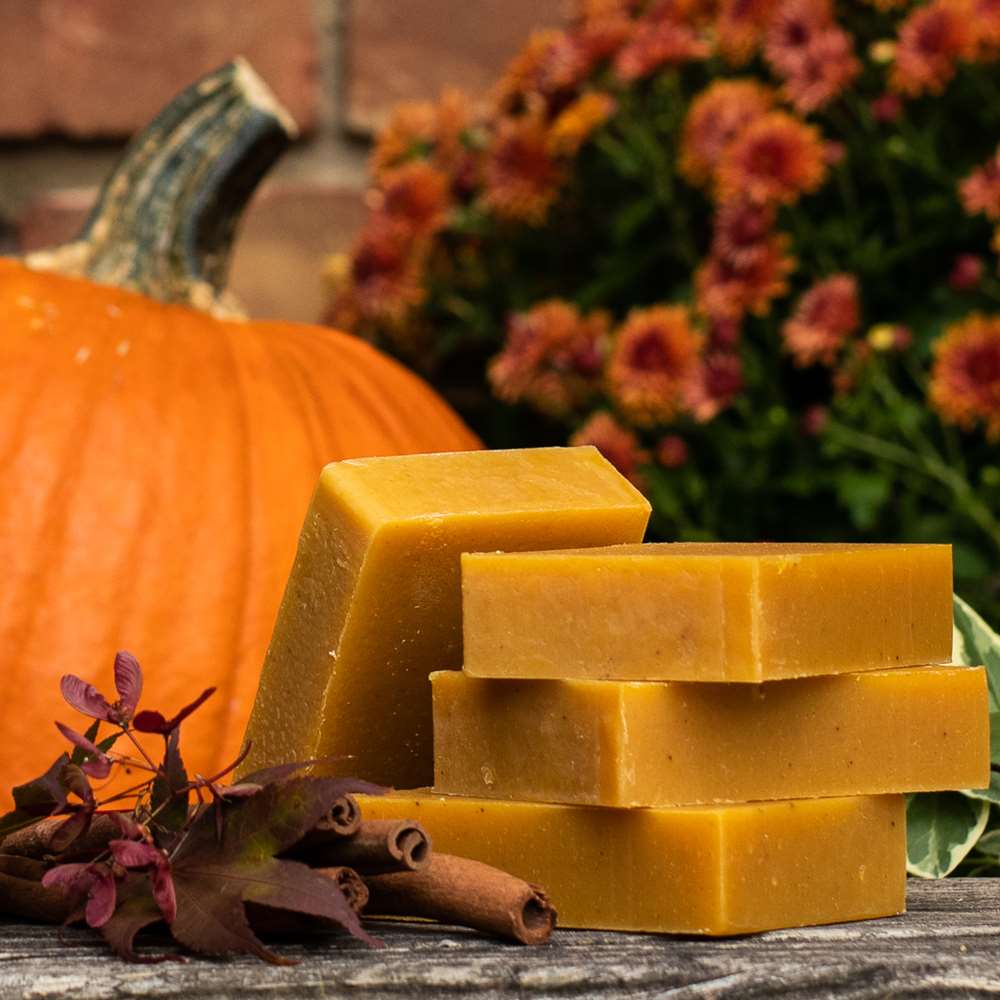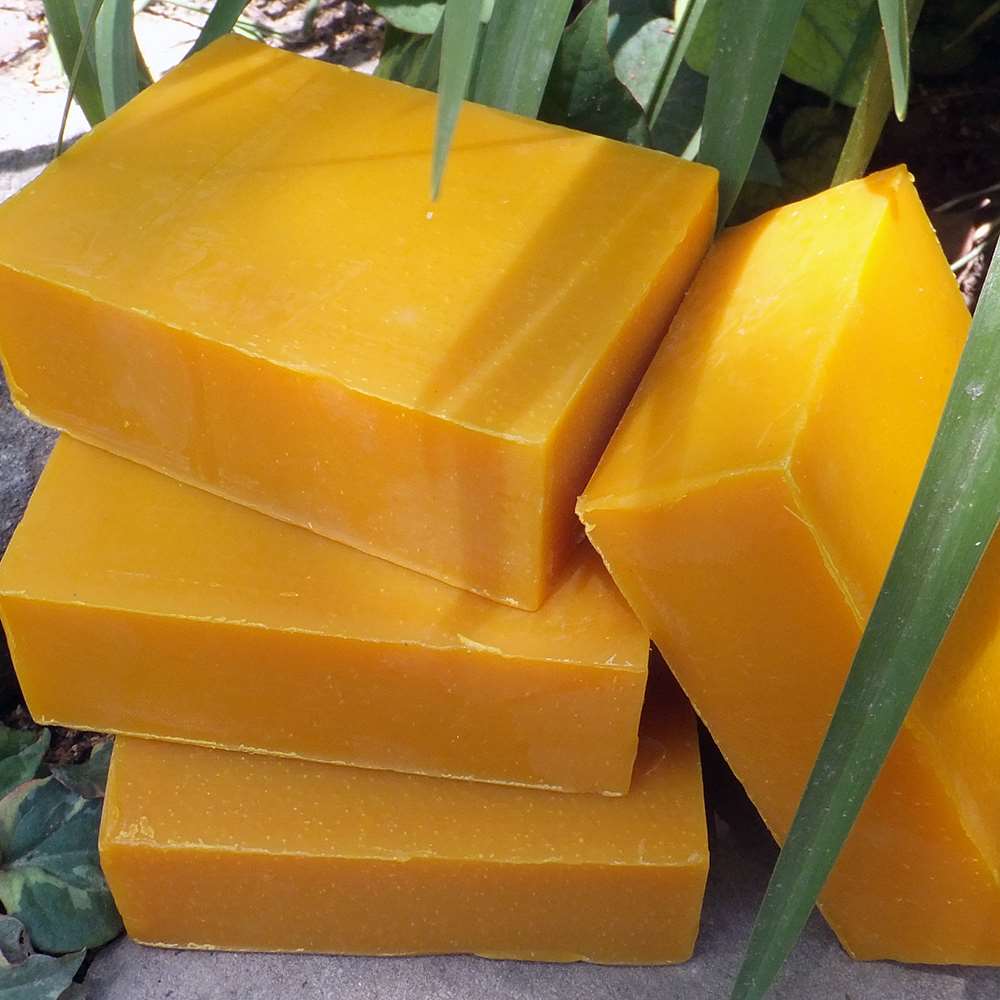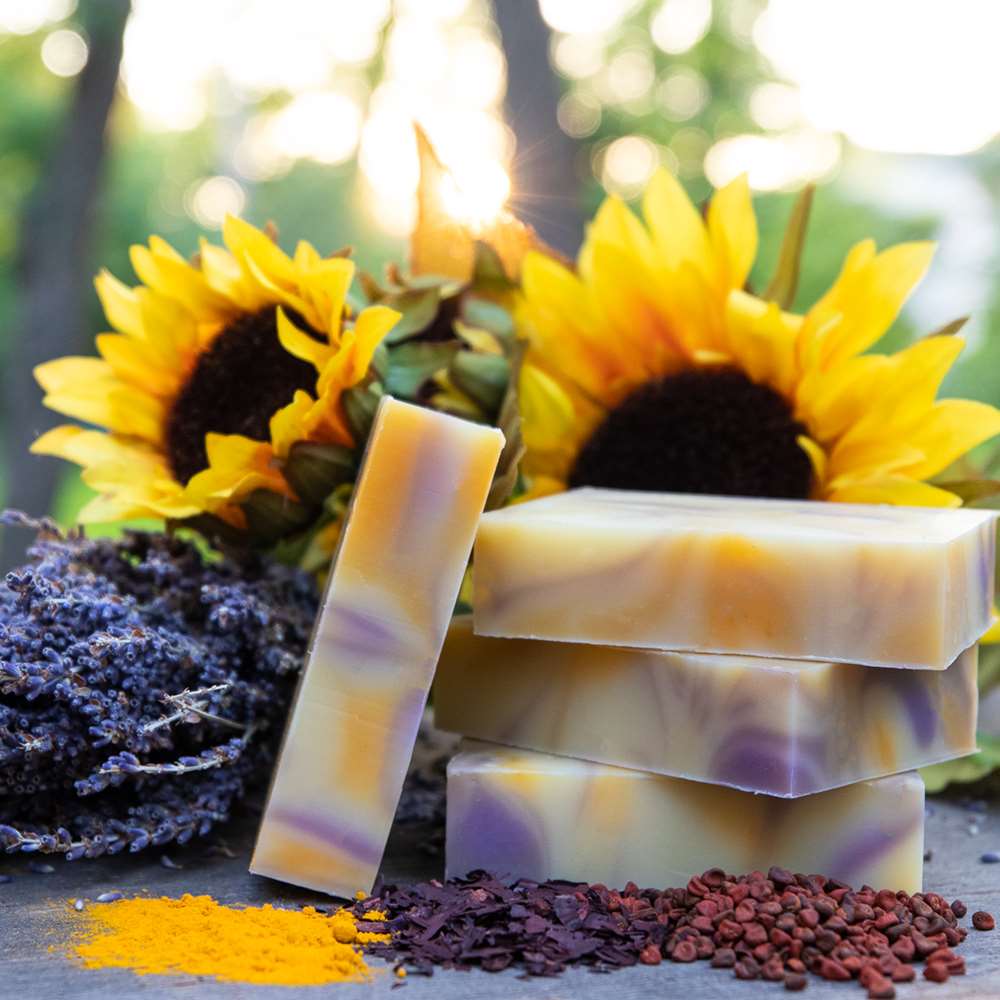Turmeric, Curcuma longa, a member of the ginger family, is the ground-up rhizome (underground stem) of the Curcuma plant and has been an important part of ancient Indian Ayurvedic traditions within both cooking and medicine for thousands of years.
Turmeric contains a plant pigment called curcumin that is responsible for Turmeric's characteristic canary yellow color. Curcumin, a natural antioxidant, has powerful anti-inflammatory properties.
India's relationship with turmeric goes back thousands of years. The underground stems of turmeric are used as condiments and dyes. Ayurvedic medicine recommends mixing turmeric in a small amount of honey and applying the paste to the skin as a topical ointment for the treatment of skin infections, irritation, and inflammation. It has been used for cuts and burns due to its antiseptic effect and ability to promote healing.
Topically, turmeric cleans and brightens skin. Its antiseptic and healing properties make it a wonderful natural treatment for irritated skin conditions. It may help lessen rosacea and may help prevent acne. Rich in antioxidants, turmeric is a common ingredient in Ayurvedic skincare products to promote glowing, smooth skin, naturally. A few studies have shown that topical turmeric can help reduce dark spots on the skin if used regularly.
Although there are not a lot scientific research studies available to prove the efficacy of turmeric for irritated skin conditions, there is anecdotal evidence that demonstrates the effectiveness of turmeric.
